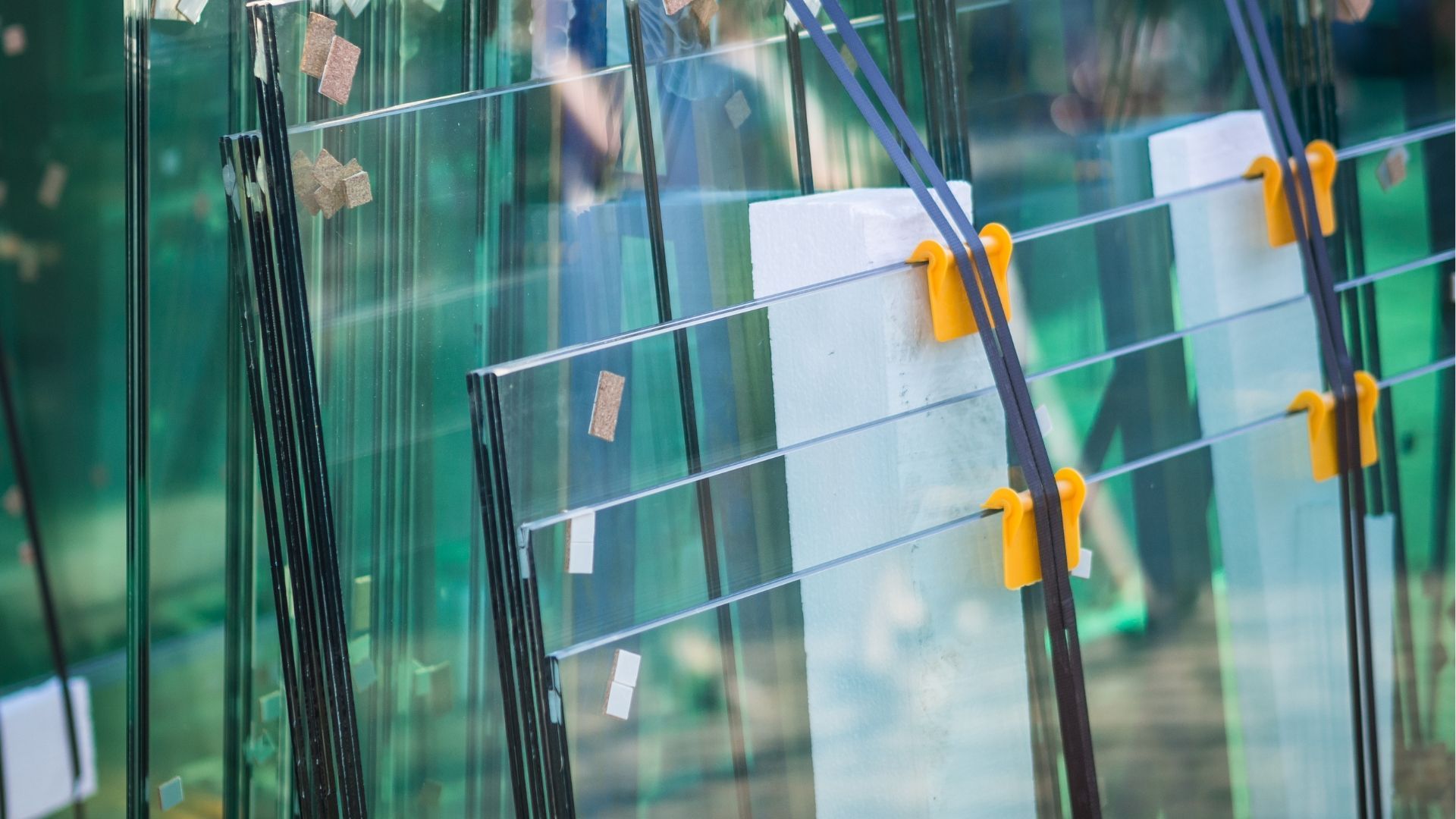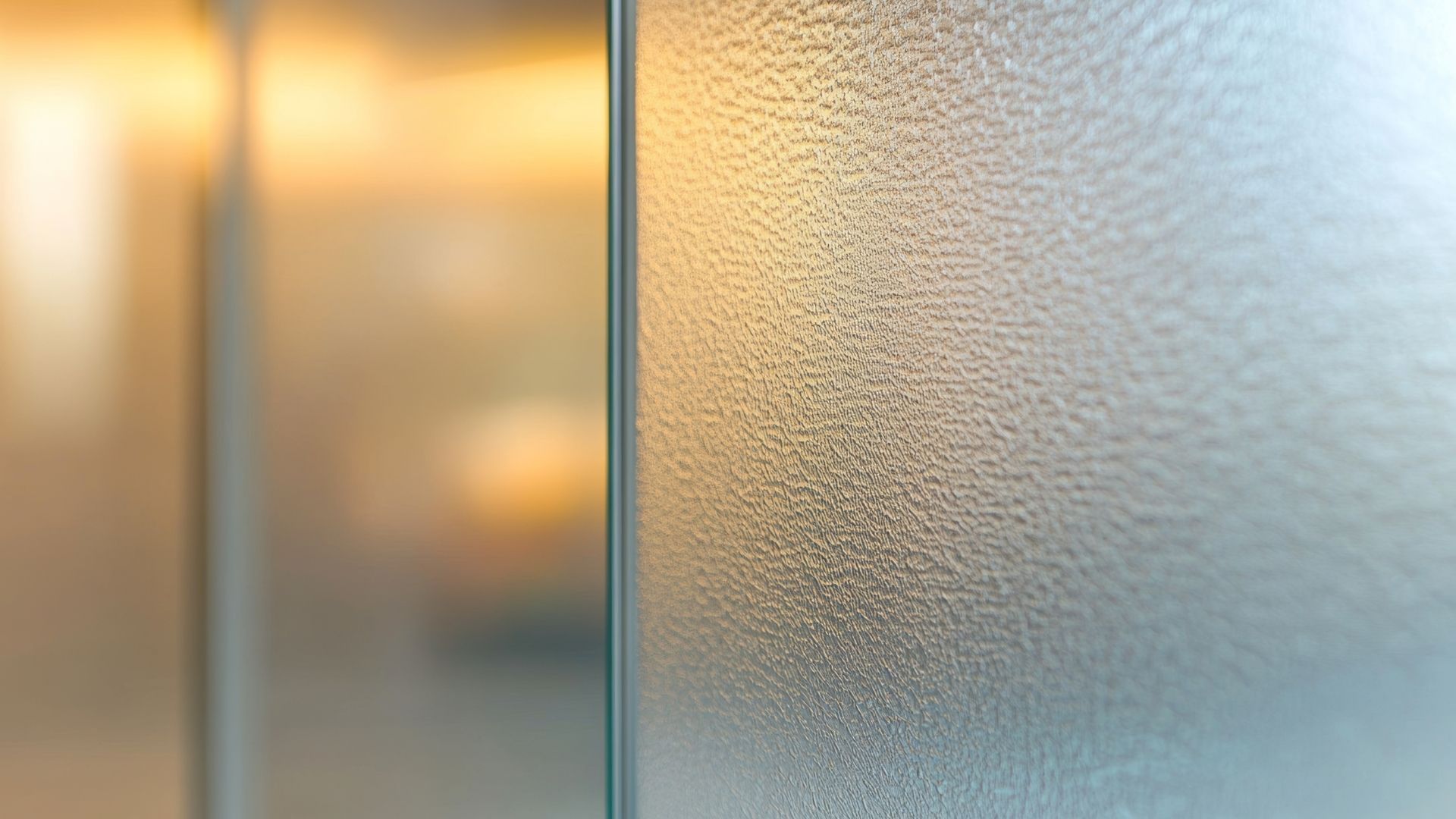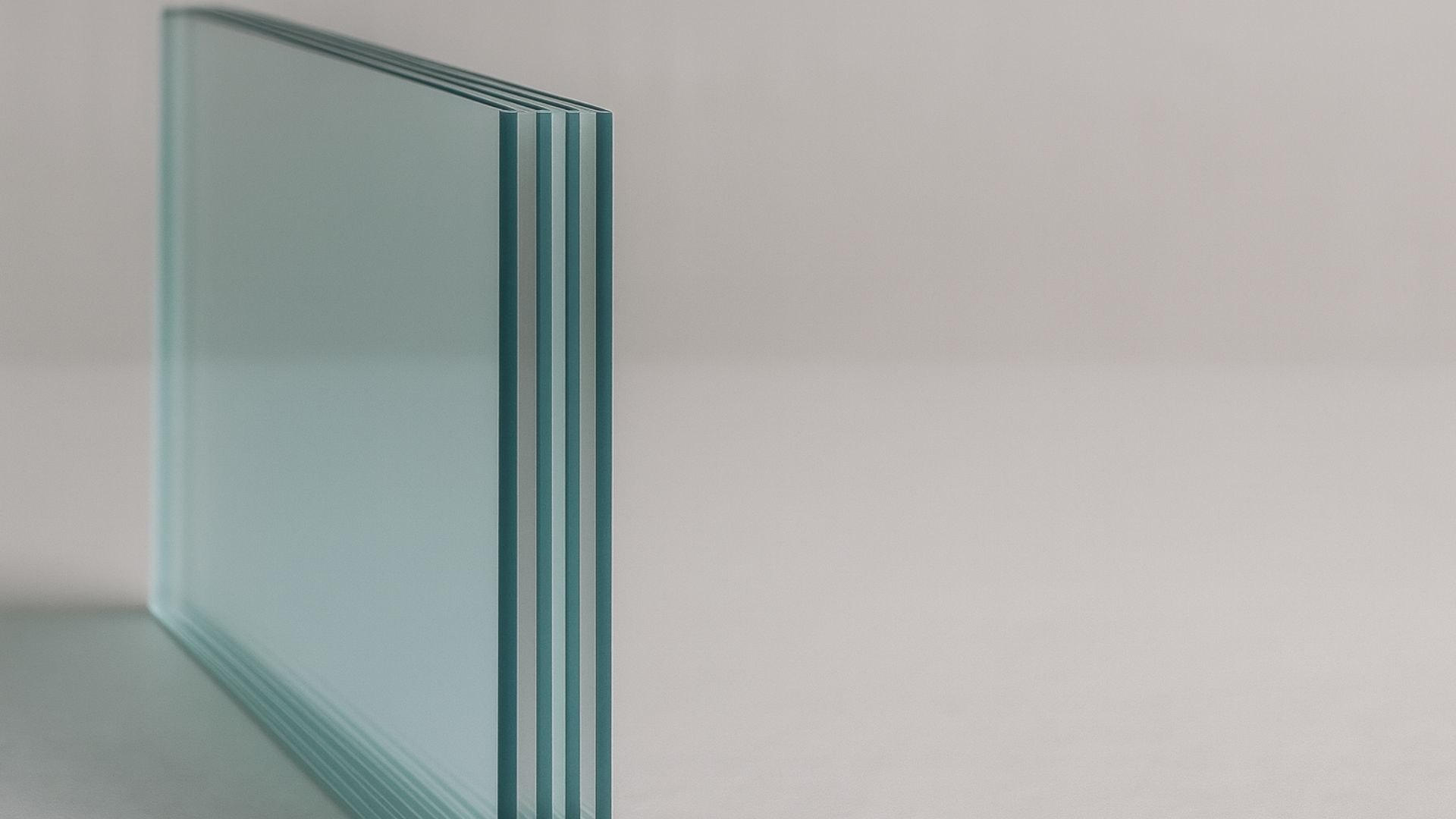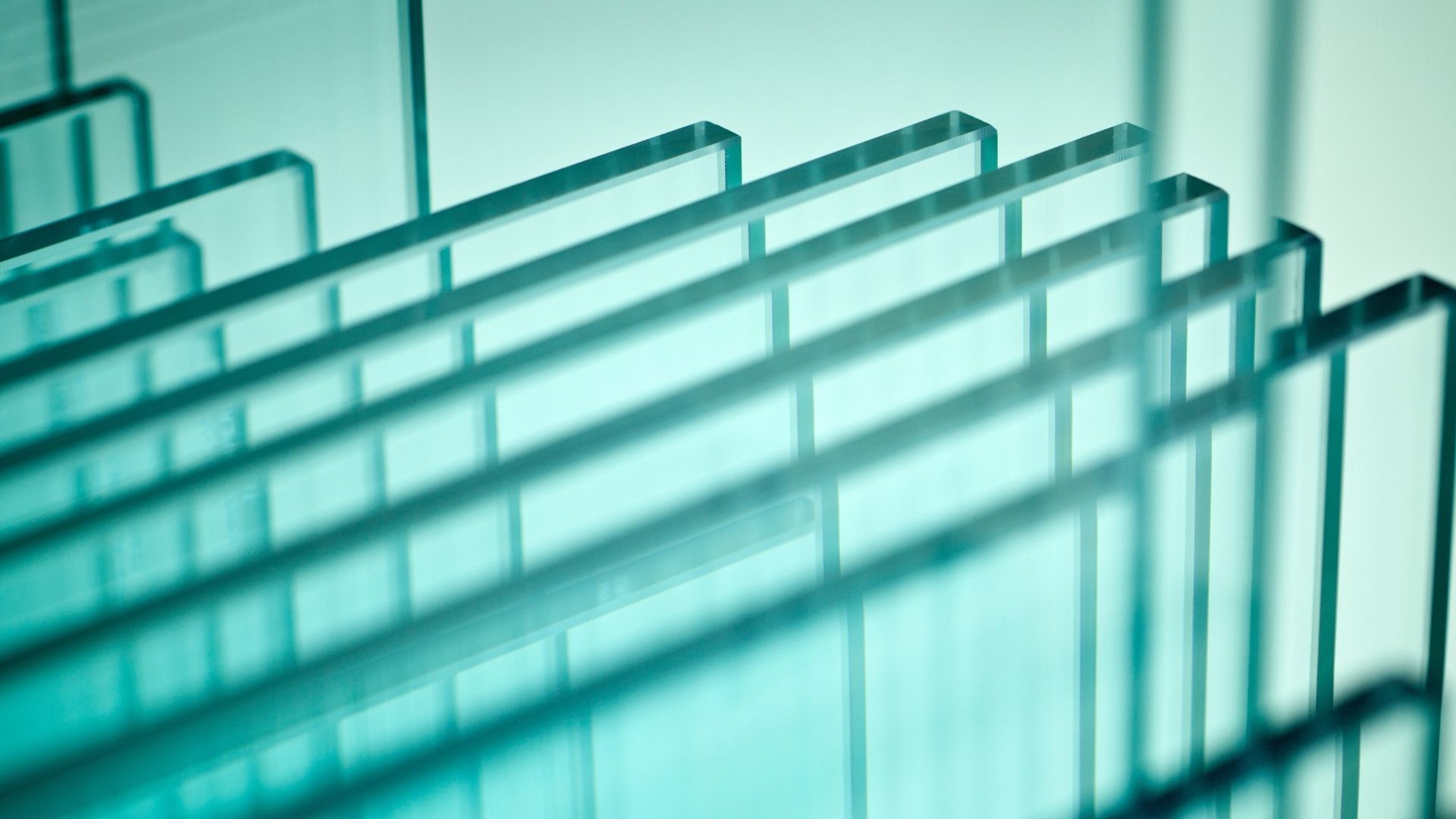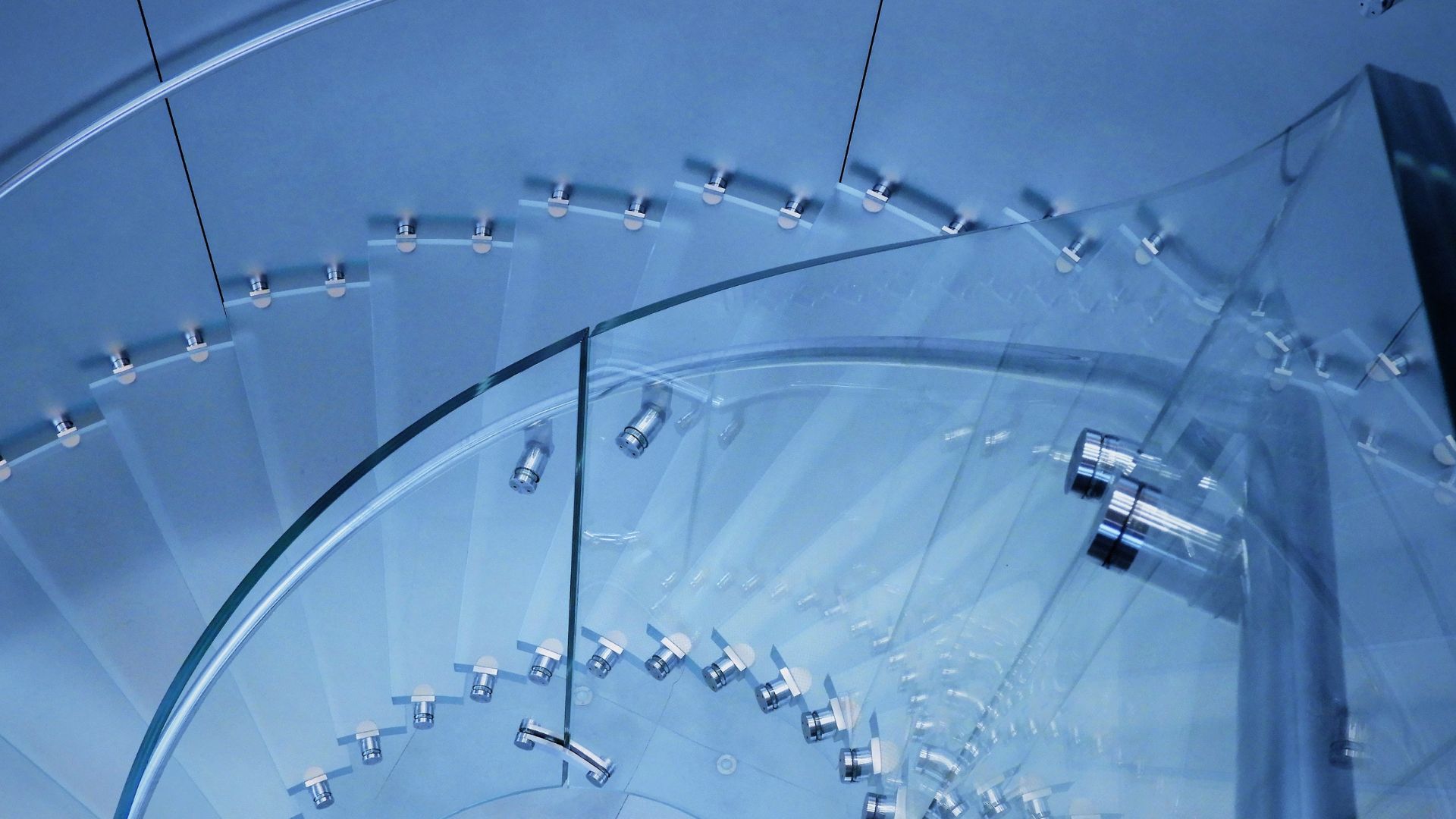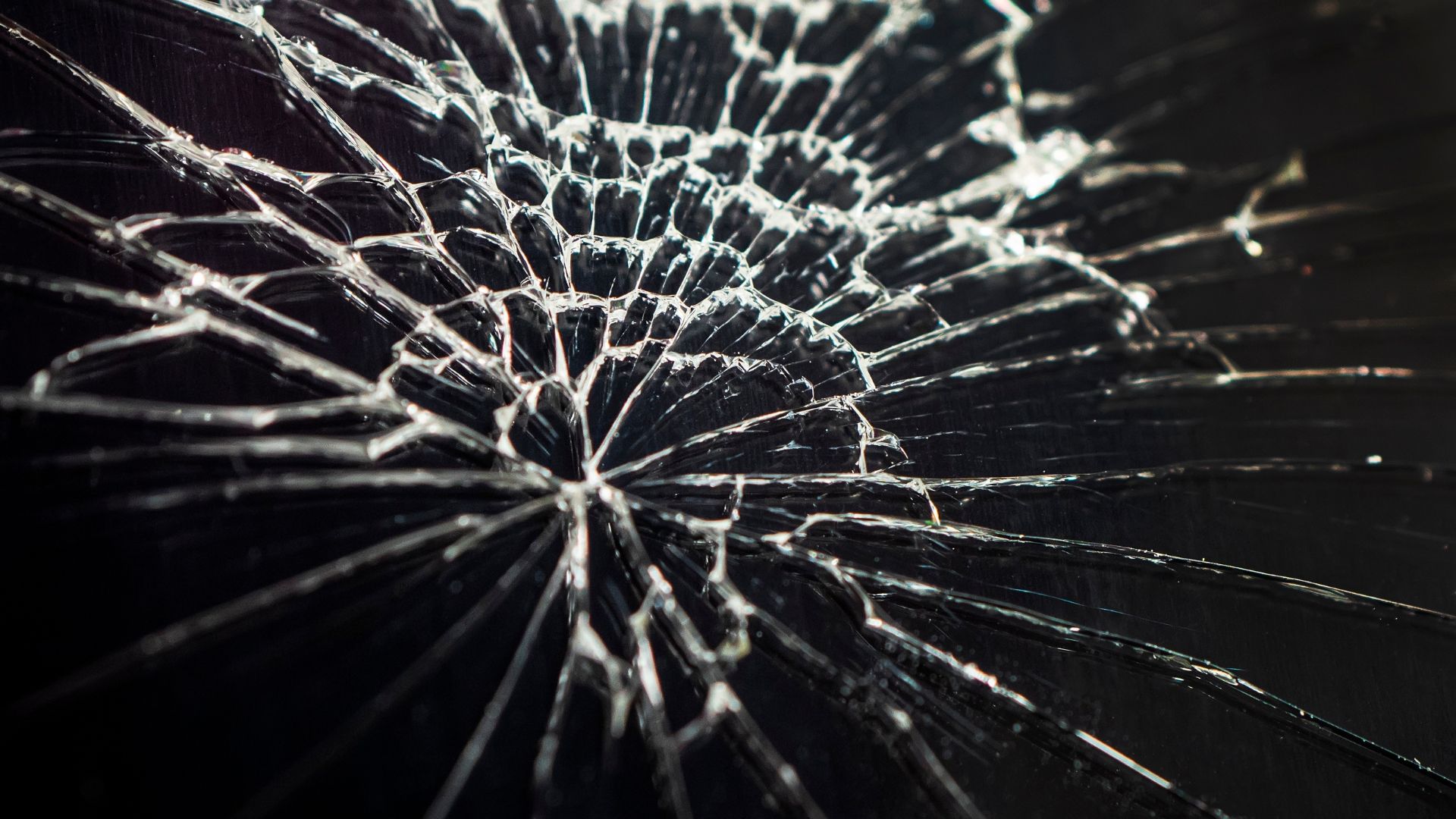What type of balustrade fixing do I need?
Share this blog:
Unsure what kind of fixings you need for a glass balustrade? Get the answers you need in our guide.

Die Glasindustrie hat zwei Prioritäten: Ästhetik und Sicherheit. Beide haben das gleiche Gewicht. Die Frage, was wichtiger ist, ist wie die Frage, ob Wasserstoff oder Sauerstoff für die chemische Zusammensetzung von Wasser entscheidender ist.
Dies wird nirgends deutlicher als bei der Strukturverglasung. Unter diesem Oberbegriff versteht man alle Arten von Glaswundern: von begehbaren Böden bis zu Treppen, von Vorhangfassaden bis zu Balustraden.
In fact, the very word "balustrade" could symbolise this balance between functionality and beauty. The word derives from the Italian
balaustra, meaning "pomegranate flower". From carved stone balustrades in palaces and stately homes to glass balustrades in modern homes and offices, the balustrade is there to impress.
Es dient auch dazu, Sie vor Stürzen zu bewahren. Aus einer bestimmten Perspektive ist eine Balustrade nur ein verschönertes Geländer. Wenn sie die Sicherheit der Menschen nicht gewährleistet, ist sie ein Schmuckstück und keine Balustrade.
Aus diesem Grund unterliegen Glasgeländer Vorschriften und erfordern spezielle Befestigungen, um ihre Stabilität zu gewährleisten. Doch welche Befestigungen benötigen Sie für Ihre Installation? Wir finden es heraus.
Die Bedeutung von Befestigungen
Befestigungen befestigen Ihr Geländer an Wand, Balkon, Boden oder Treppe. Vor allem müssen sie stark genug sein, um die Glasplatten und Edelstahlpfosten mit ihrer Umgebung zu verbinden.
Doch es reicht nicht aus, die Struktur einfach an Ort und Stelle zu halten. Befestigungen müssen die Struktur zusätzlich stützen, damit sie dem Druck der Witterung sowie Stößen und Schlägen durch Menschen und Tiere standhält.
Wie bei Balustraden im Allgemeinen sind Befestigungen nicht nur funktional. Sie tragen auch zur Ästhetik der fertigen Konstruktion bei. Glasbalustraden sind für ihr elegantes, modernes Aussehen bekannt. Die richtigen Befestigungen tragen zu diesem nahtlosen Erscheinungsbild bei.
Welche Befestigungsarten gibt es?
Es gibt eine große Auswahl an Befestigungen für Glasgeländer auf dem Markt. Wir betrachten Typen, nicht Produkte – und werben für die „geheimen“ Befestigungen, die wir hier bei ToughGlaze führen.
Erstens gibt es Kanalbefestigungen. Diese befestigen die Glasplatten in einem Metallkanal. Dieser Kanal kann entweder in den Boden eingelassen oder auf ihm montiert werden.
Nassglasurkanäle halten die Platten mit einem Dichtungsmittel an ihrem Platz. Trockenglasurkanäle verwenden stattdessen Dichtungen oder Druckplatten.
Als Nächstes gibt es Zapfenbefestigungen. Dabei handelt es sich um Klammern, die die Glasscheiben oben halten. Diese werden typischerweise an der Unterseite der Struktur angebracht, um ein aufgeräumtes, rahmenloses Erscheinungsbild zu erzielen.
Pfostenbefestigungen dienen der direkten Befestigung der Glasscheiben am Rahmen. Diese werden allerdings nur bei gerahmten Glasgeländern eingesetzt.
Schließlich gibt es noch Abstandshalter. Diese befestigen Glasscheiben an einer Oberfläche, lassen aber dazwischen einen Abstand. Man könnte diese Halter eher als „schwebende“ Halter denn als Abstandshalter bezeichnen, da das Glas zu schweben scheint.
Bei ToughGlaze besitzen wir die exklusive britische Lizenz für Fischers „Secret Fix“-System. Dabei handelt es sich um Hinterschnittbefestigungen, die die Nähte vollständig verbergen und Ihrem Glasgeländer ein glattes, einheitliches Aussehen verleihen.
Welche Befestigungen benötige ich?
Dies hängt von der Art der Montage ab. In erster Linie kommt es darauf an, ob Ihr Glasgeländer gerahmt oder rahmenlos sein soll.
Bei gerahmten Fenstern können Edelstahlbefestigungen in den Rahmen gebohrt werden. Bei rahmenlosen Fenstern können Sie zwischen Zapfenbefestigungen, Kanalbefestigungen, Abstandsbefestigungen oder verdeckten Hinterschnittbefestigungen wählen.
Die Wahl der Befestigung hängt insbesondere von den Belastungsanforderungen des Bereichs ab, in dem das Geländer installiert werden soll. Wenn Ihr Geländer beispielsweise für eine Treppe mit hohem Personenverkehr vorgesehen ist, benötigen Sie möglicherweise Pfosten- oder Schienenbefestigungen für zusätzliches Gewicht.
Bei einer Außenmontage des Geländers sollten Sie auf korrosionsbeständige Befestigungen achten. So bleibt der Glanz bei Wind und Wetter erhalten.
Es hängt auch vom Material ab, an dem die Balustrade befestigt wird. Dies ist eine technische Angelegenheit, und Sie benötigen möglicherweise die Beratung Ihres Glaslieferanten. Dieser benötigt die Abmessungen der Balustrade und eine detaillierte Übersicht über die verwendeten Materialien.
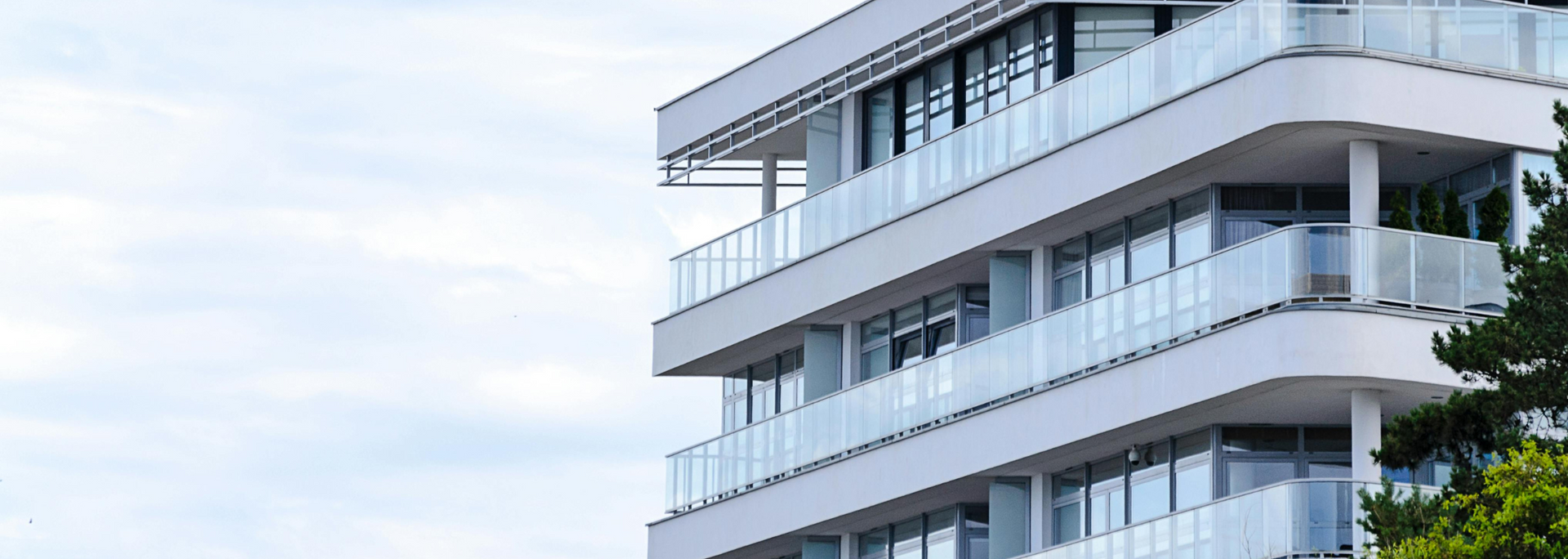
Letztendlich ist es eine Frage der Ästhetik. Pfostenbefestigungen sorgen für ein traditionelles (sogar industrielles) Aussehen, während Zapfen-, Abstands- und Hinterschnittbefestigungen ideal für ein elegantes, modernes Aussehen sind.
Welches Glas wird für Glasbalustraden verwendet?
Glasgeländer werden oft in großer Höhe montiert. Zersplittern sie, können sich darunter befindliche Personen verletzen. Deshalb bestehen Glasgeländer oft aus gehärtetem und laminiertem Glas.
Verbundglas hält großen Kräften stand – schließlich wird diese Art Glas für Fenster, Türen und andere Außenelemente in Hurrikangebieten verwendet.
Und wenn es bricht, zersplittert es nicht wie geglühtes oder gehärtetes Glas. Stattdessen bleibt es im Rahmen und hinterlässt eine Reihe von Rissen, die wie ein Spinnennetz über die Oberfläche verlaufen.
Welche Vorschriften gelten in Großbritannien für Glasgeländer?
In Großbritannien gibt es Vorschriften zur Dicke und Höhe von Glasgeländern. Diese hängen von zwei Faktoren ab: dem Standort des Geländers und seiner Nutzung.
Im privaten Bereich beträgt die Mindestdicke für Balustraden 10 mm. In risikoarmen Gewerbebereichen beträgt sie sechs Millimeter. In Hochrisikobereichen wie Schwimmbädern sind es 12 mm.
In Wohngebäuden müssen Glasgeländer Höhenvorschriften einhalten. Ein Außengeländer muss eine Mindesthöhe von 100 mm, ein Innengeländer von 900 mm und ein Geländer in der Nähe von zu öffnenden Fenstern von 800 mm haben.
These regulations are covered in
detail in the Building Regulations and Approved Documents. They're there to ensure that glass balustrades are safe to be around.
Conclusion
At ToughGlaze, we're excited by the possibilities of
architectural glazing. Glass balustrades, whether framed or frameless, can make a building shine while ensuring maximum safety for its occupants and visitors.
Wir führen sowohl hochwertiges gehärtetes Verbundglas für Balustraden als auch nahtlose Befestigungen. Zusammen ergeben sie eine Balustrade, die Ihrem Gebäude ein elegantes, modernes Aussehen verleiht.
So, if you're looking for high-quality balustrade glass,
get in touch with ToughGlaze today for a quick, competitive quote.

